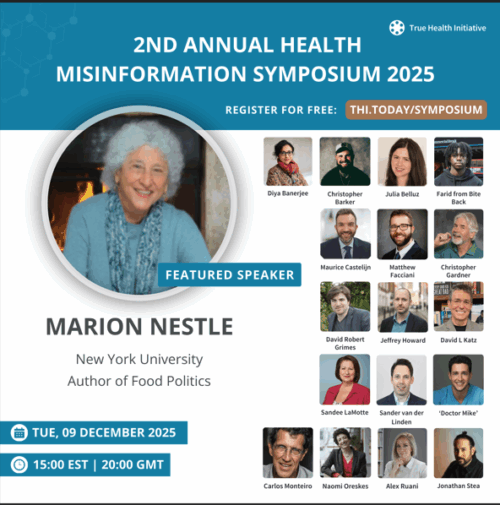
Alaska fishing politics: fish processing
I’m writing this while on an Alaskan Seafood Marketing Institute press trip (see note at end). We are at Sand Point, Popof Island, Shumagin Islands, Alaska, about halfway out the mainland part of the Aleutian archipelago. Sand Point is the largest town around, population 800 to 1000.
The town has a grocery store, coffee shop, bar, cafe, and a Chinese restaurant (the Aleut China), but centers around a seafood processing plant run by Seattle-based Trident Seafoods.
The fish arrive at the plant from “tenders,” fishing boats that collect fish caught by other boats, weigh the fish, and store them in ice cold sea water until they reach the plant.
Workers at the plant eviscerate the fish, clean them, and cut them into clean fillets. These will go to Costco and Sams’ Clubs (Walmart) in the lower 48.
The men and women doing this work are mostly seasonal workers from the Philippines. They work 12 to 16 hour days, 6 or 7 days a week.
Several people who have lived here all their lives told us that when they were kids, they could hardly wait until they were 16 so they could work in the cannery. They made good money.
When Trident came in, the company lowered the wages to minimum or just above, discouraged locals from working there, and outsourced the labor.
The company also reduced the price it paid for fish from just over $2 per pound in the late 1980s to today’s just over $1.
If I remember correctly, wild Alaskan salmon costs nearly $30 per pound in New York City grocery stores.
The fishermen aren’t getting much of that. The people who work in the processing plant aren’t either.
We met people here who are trying to help the fishers get more money for their work. We haven’t met anyone lobbying for higher wages for workers in the processing plant.
The rationale? Fish come in seasonally when they can be caught. They have to be processed as soon as they come in. If the workers were paid more, the wild fish would be so expensive that nobody could afford to buy them (and everyone would turn to farmed salmon).
I will be thinking about all this the next time I’m in a Costco or read about recommendations in the dietary guidelines to eat more fish.
I needed five chapters to talk about issues related to fish in What to Eat. I will have more to say about Alaskan fish politics in the next two posts. Stay tuned.
Note: the Alaskan Seafood Marketing Institute is a trade association paid for by seafood processors::
The Alaska Seafood Marketing Institute (ASMI) was created over twenty years ago as a cooperative partnership between the Alaska seafood industry and state government to advance the mutually beneficial goal of a stable seafood industry in Alaska. It is Alaska’s “official seafood marketing agency”, and is established under state law as a public corporation…[It] is divided into three distinct marketing programs: international, foodservice and retail. All three programs are designed to enhance the appeal and popularity of Alaska Seafood. The international program operates in the European Union, China, and Japan, while the retail and foodservice programs conduct their activities in the U.S.


